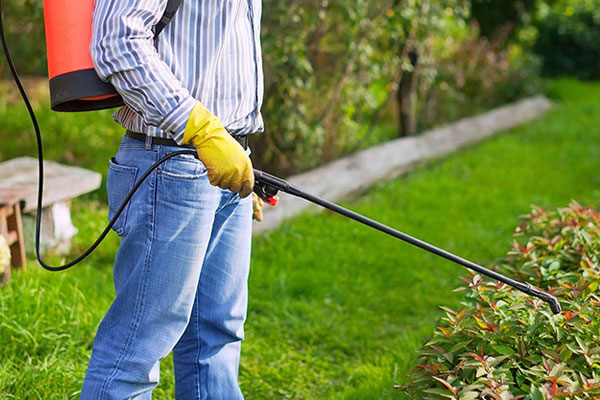When it comes to pest and termite control, eco-friendly and safe alternatives are becoming more popular as people seek methods that minimize harm to the environment, their health, and the safety of their homes. Traditional pest control often relies on chemical pesticides that, while effective, can have detrimental effects on both the ecosystem and human health. As awareness grows about the importance of sustainability, there are now several alternatives to consider for the safe elimination of pests and termites. One of the most widely recommended methods is the use of biological control agents, such as introducing natural predators to reduce pest populations. For instance, nematodes, which are microscopic worms, are an effective solution for eliminating termites and soil-dwelling insects. These tiny creatures infect and kill pest larvae without posing any threat to humans or pets. Another form of biological control involves using beneficial insects, such as ladybugs and predatory beetles, which feed on aphids and other garden pests, helping maintain a healthy balance in the ecosystem.

For termite control, physical barriers can be an effective, eco-friendly solution. These barriers are designed to prevent termites from entering buildings by using materials such as steel mesh, sand, or crushed stone. This option is particularly useful during construction, as it provides long-term protection without the use of harmful chemicals. Additionally, Anthem termite control services treatment is another effective way to eliminate termites. By raising the temperature of an infested area to levels that are lethal to termites, this method eradicates the pests without any harmful residues being left behind. Another option involves using natural repellents that can keep pests at bay. Essential oils, such as peppermint, clove, or cedarwood oil, have been shown to repel insects and can be safely used around the home. These oils can be diluted and sprayed in areas where pests are a concern. Similarly, diatomaceous earth, a naturally occurring substance made from fossilized algae, can be sprinkled in areas where pests are present. It works by dehydrating and damaging the exoskeletons of insects, ultimately leading to their demise without posing a risk to humans, pets, or wildlife.
In addition to natural solutions, many homeowners are turning to integrated pest management IPM strategies, which focus on preventing pest problems before they arise. This approach includes practices like maintaining a clean environment, sealing cracks and gaps in walls, and removing any standing water, which may attract pests. IPM encourages a combination of biological, physical, and mechanical methods to manage pest populations in an eco-friendly manner. Finally, when chemical solutions are absolutely necessary, there are environmentally friendly alternatives to synthetic pesticides. Products derived from plant-based ingredients, such as neem oil or pyrethrin, can be effective against pests while being safer for the environment. These alternatives degrade more quickly than traditional chemicals, reducing the long-term environmental impact. In conclusion, there are a variety of safe, eco-friendly options available for pest and termite control.